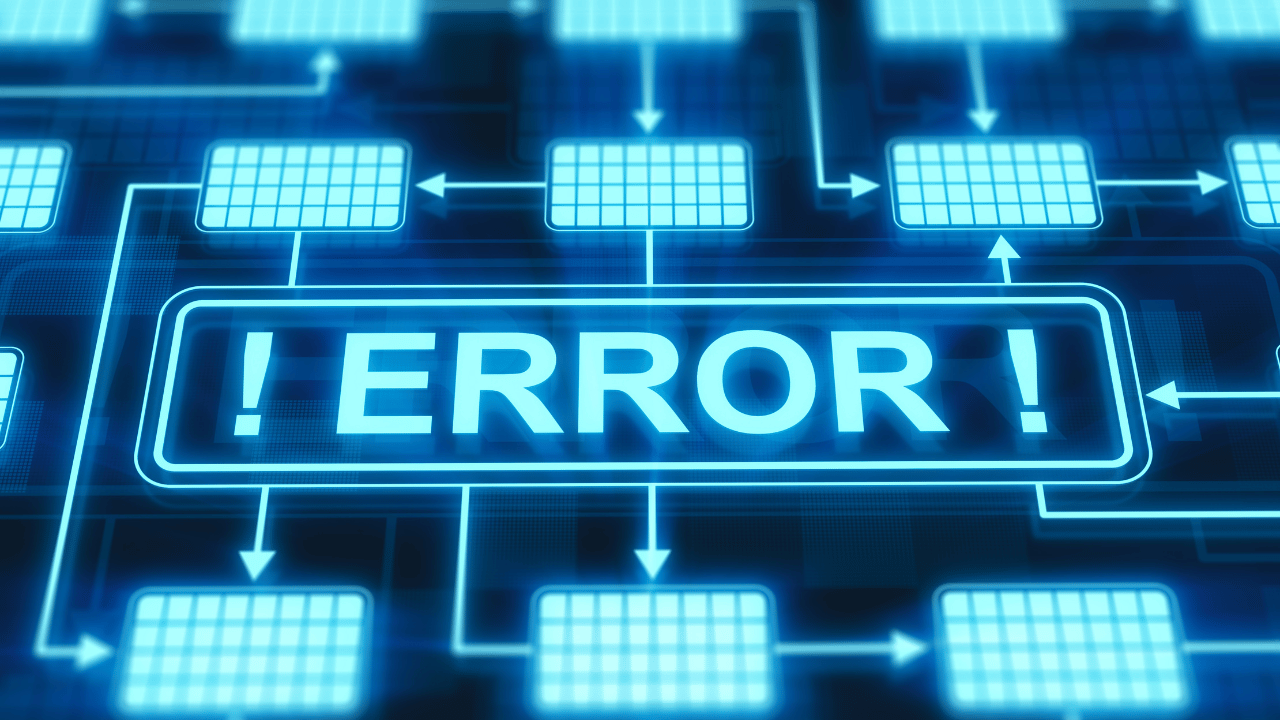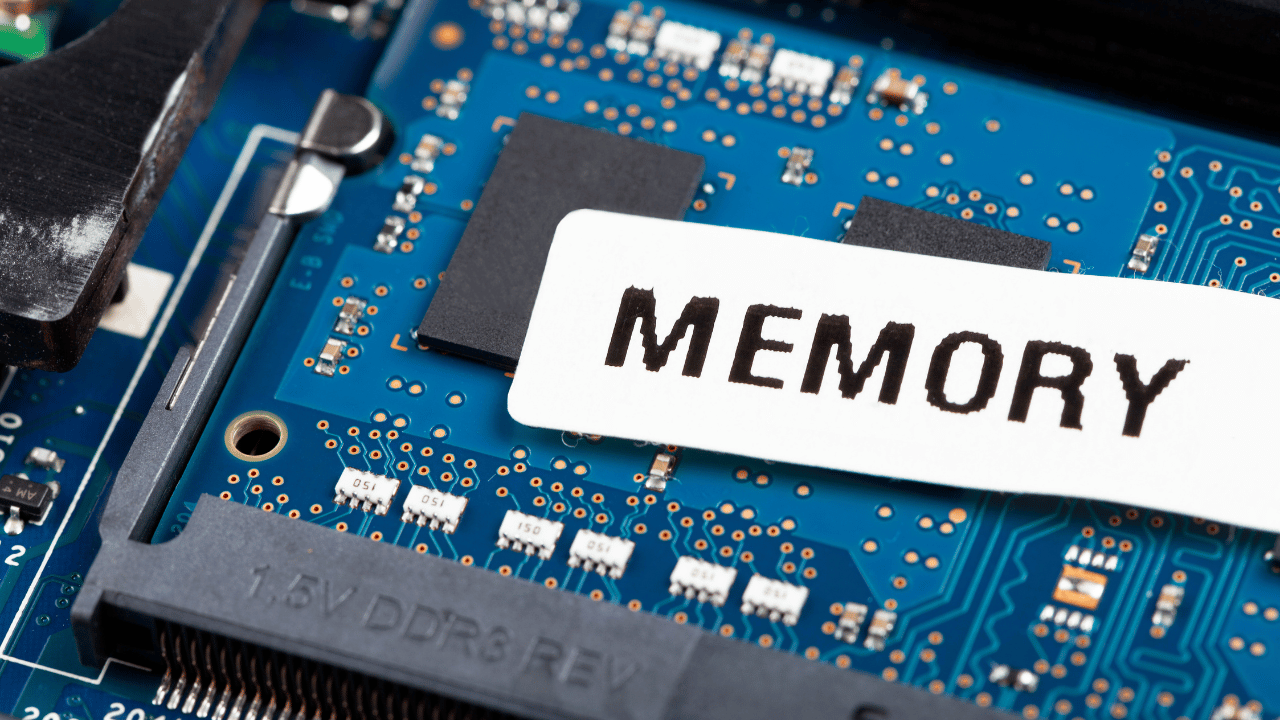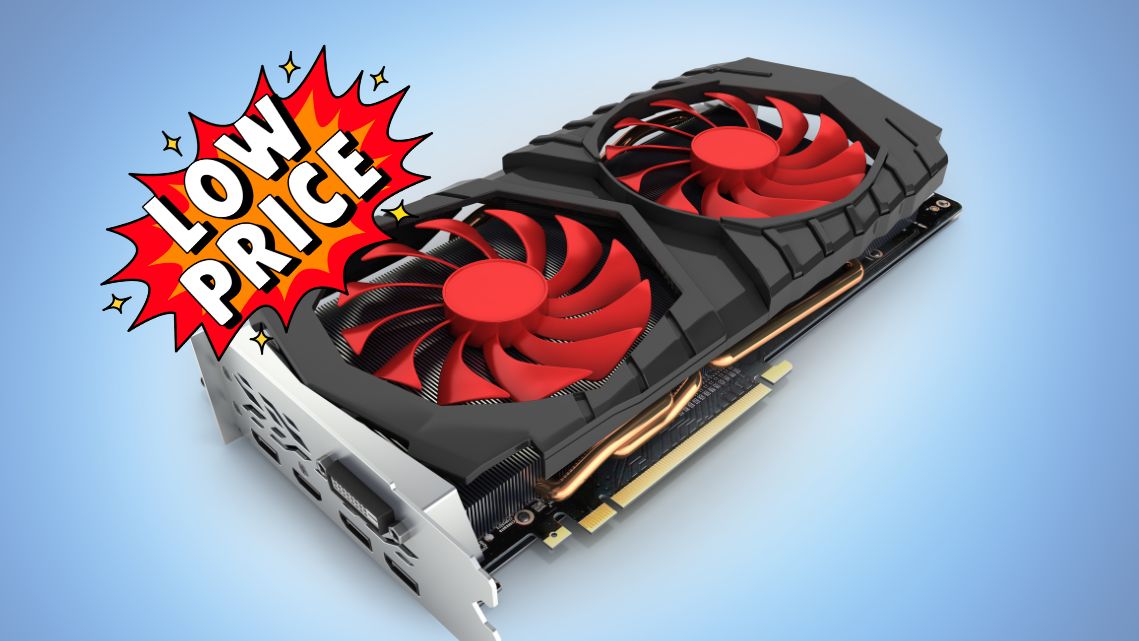Displaying Error Messages Due to Memory Issues
Learn about the different types of displaying error messages that indicate memory issues on a computer, such as “memory could not be read” or “out of memory.” Understand the common causes behind these errors, including faulty RAM modules, insufficient system memory, or software conflicts.

Checking System Memory
Explore methods for checking the system’s memory status, including using built-in diagnostic tools like Windows Memory Diagnostic or third-party software. Learn how to interpret memory test results and identify potential hardware issues.
Reseating RAM Modules
Discover how to safely reseat RAM modules to ensure they are properly connected to the motherboard. Learn step-by-step instructions for removing and reinstalling RAM sticks to address issues related to loose connections or poor contacts.
Testing Individual RAM Modules
Learn how to isolate faulty RAM modules by testing them individually. Explore techniques for removing and testing RAM sticks one at a time to identify the specific module causing the memory-related errors.

Updating Device Drivers
Understand the importance of keeping device drivers up to date to prevent memory-related errors caused by driver conflicts or outdated software. Learn how to use Device Manager or third-party software to update drivers for system components.
Checking System Resources
Explore methods for monitoring system resources, such as CPU and memory usage, to identify applications or processes consuming excessive memory. Learn how to use Task Manager or Resource Monitor to analyze resource usage and troubleshoot memory issues.
Adjusting Virtual Memory Settings
Understand the role of virtual memory in supplementing physical RAM and preventing out-of-memory errors. Learn how to adjust virtual memory settings in Windows to optimize performance and address memory-related issues.
Seeking Professional Assistance
Know when to seek professional assistance if memory-related errors persist despite troubleshooting efforts. Consult with a computer technician or hardware specialist for expert diagnosis and repair of hardware-related issues affecting system memory.
Conclusion
Resolve memory-displaying error messages on your computer by following these troubleshooting steps. Learn how to diagnose faulty RAM modules, update device drivers, and optimize system memory settings to ensure smooth performance and stability.






